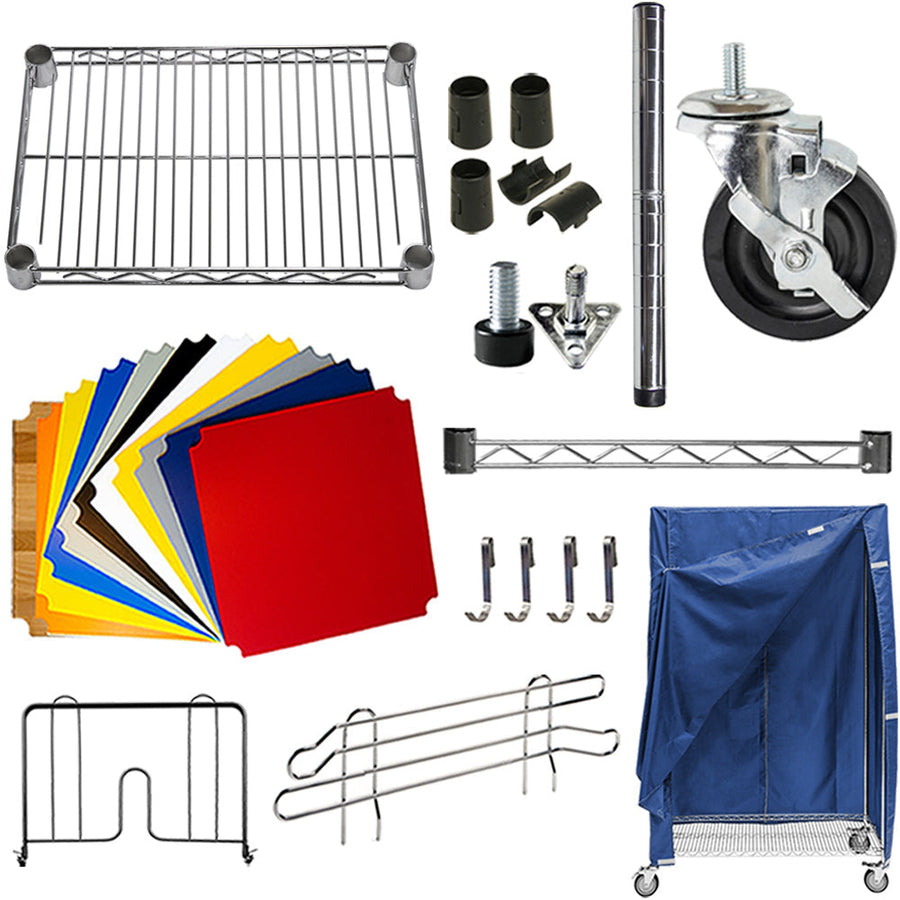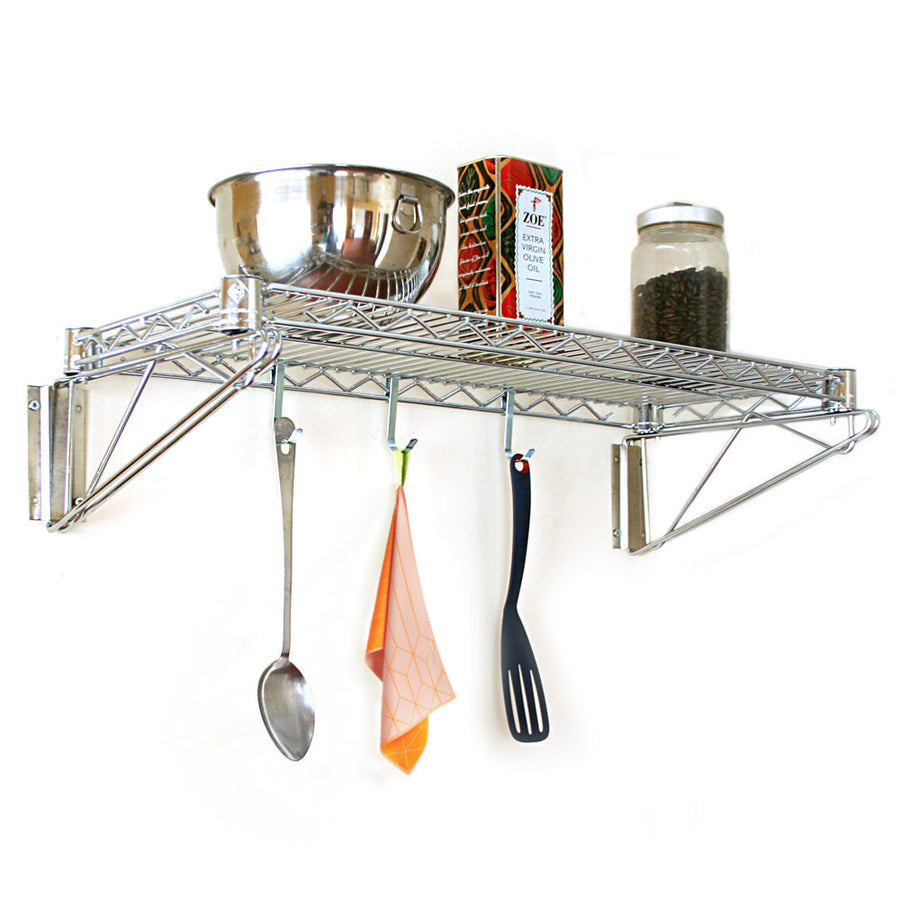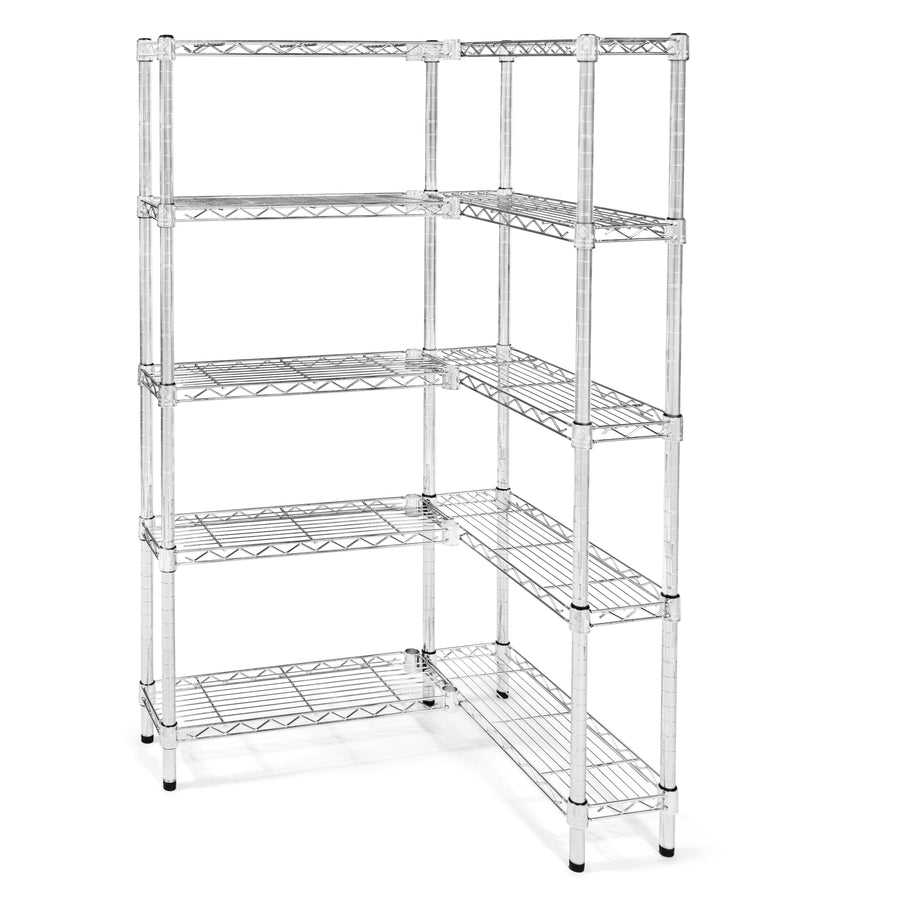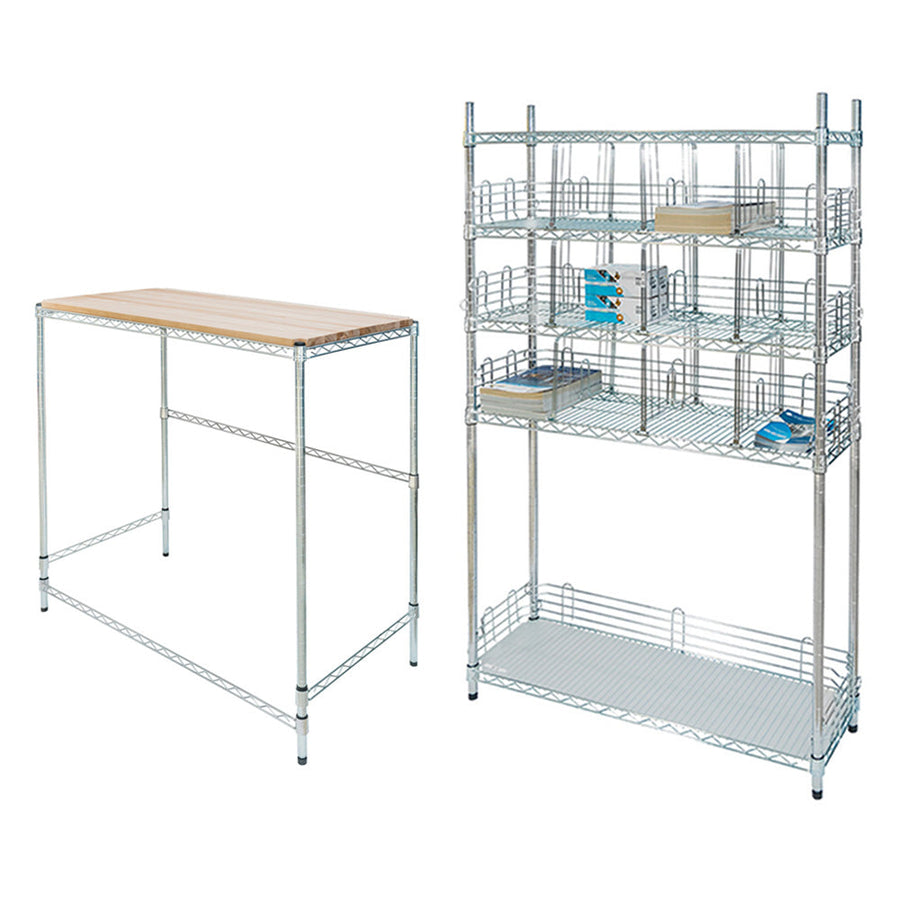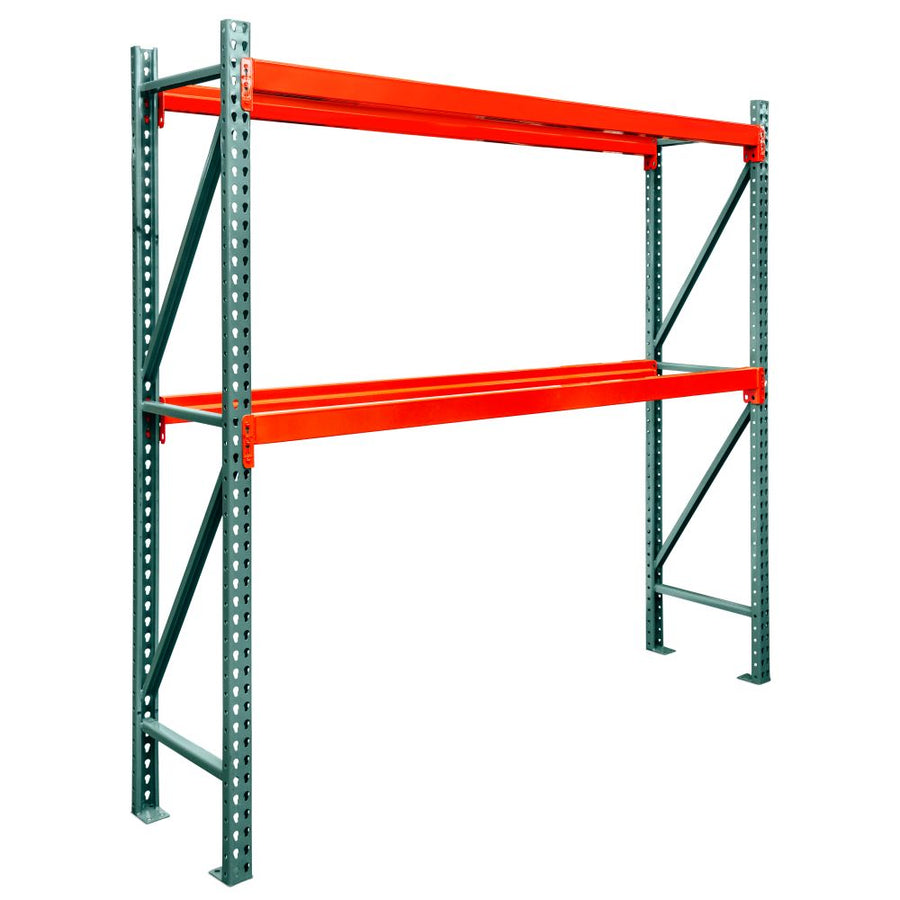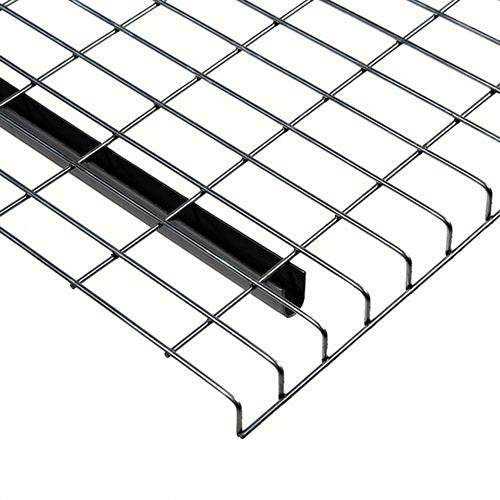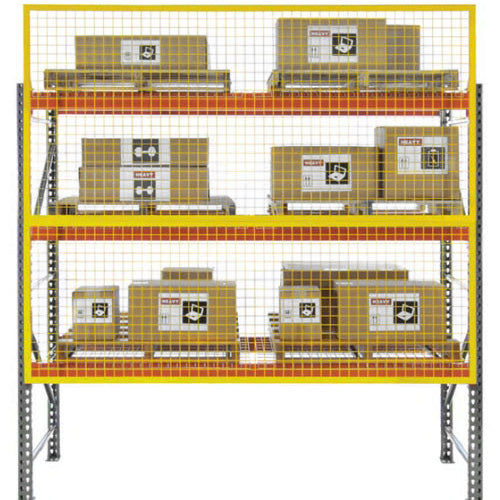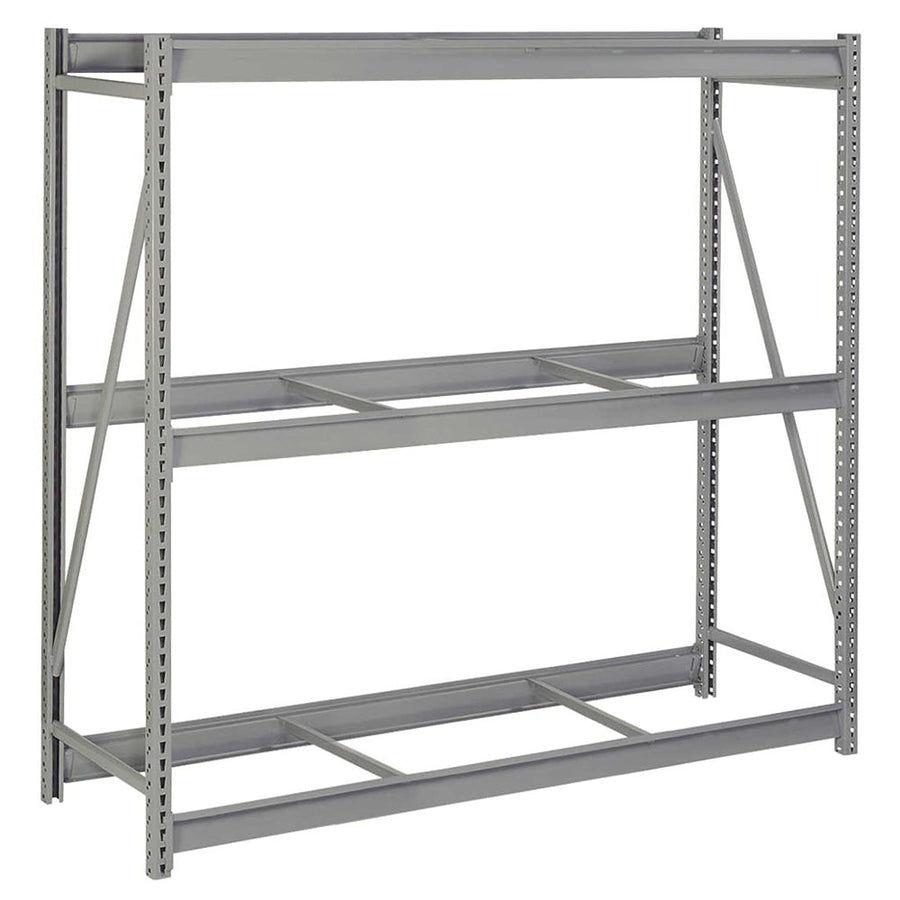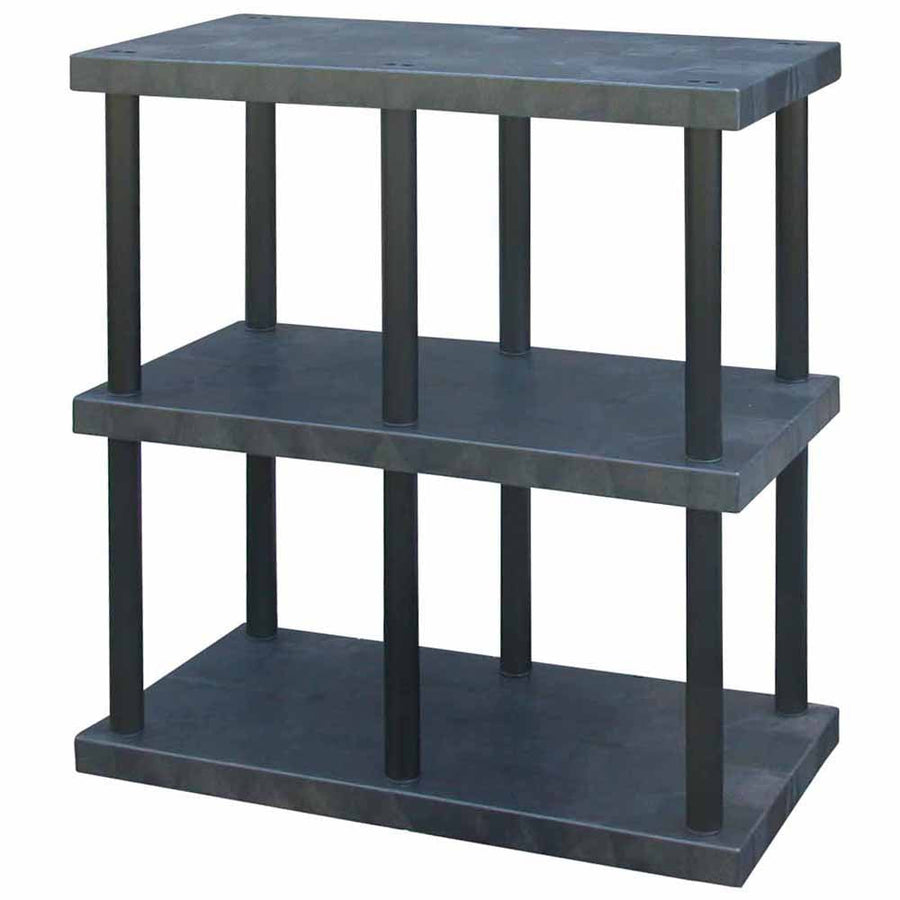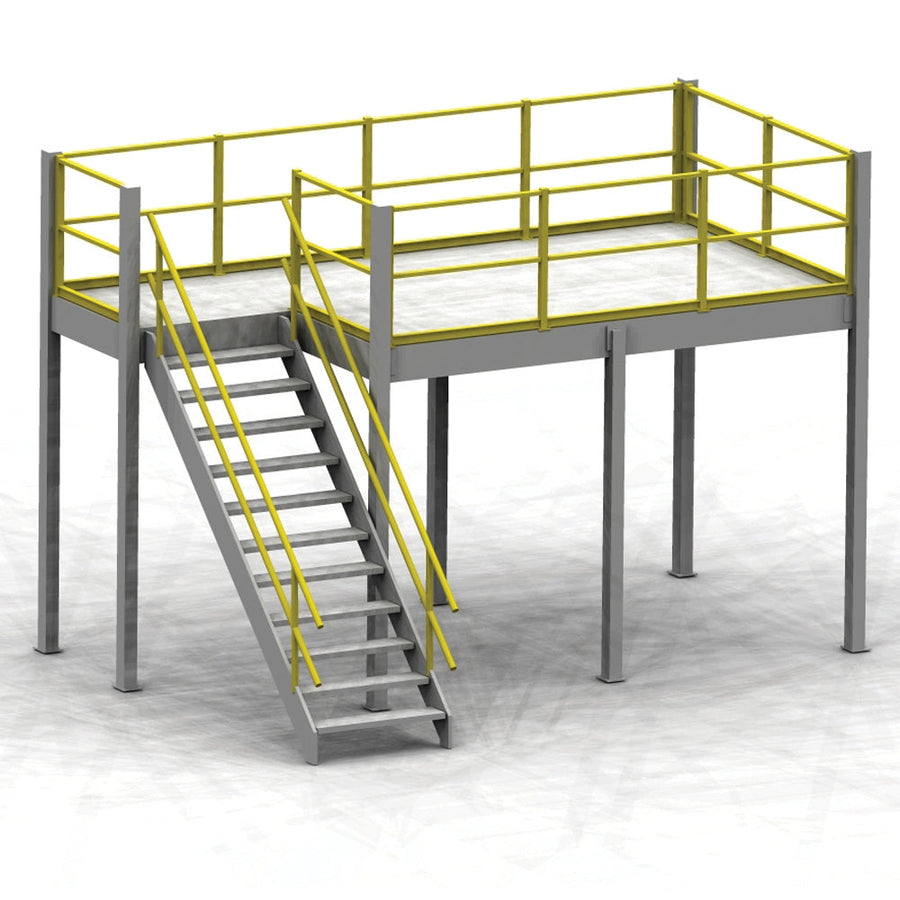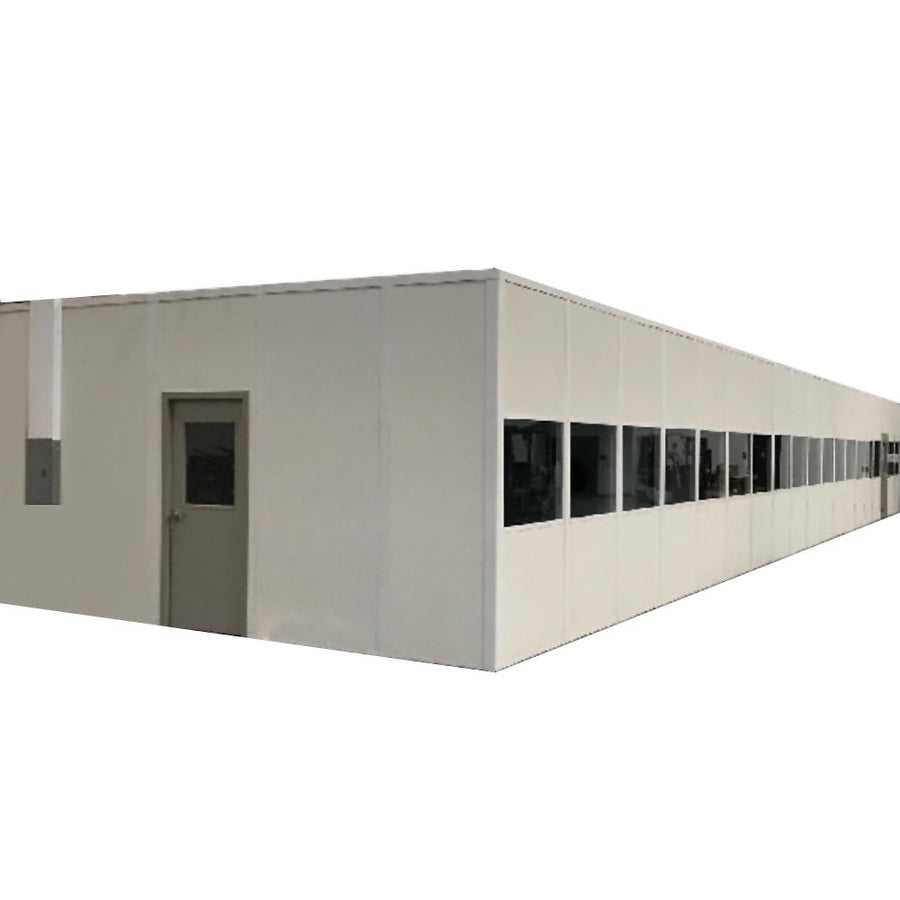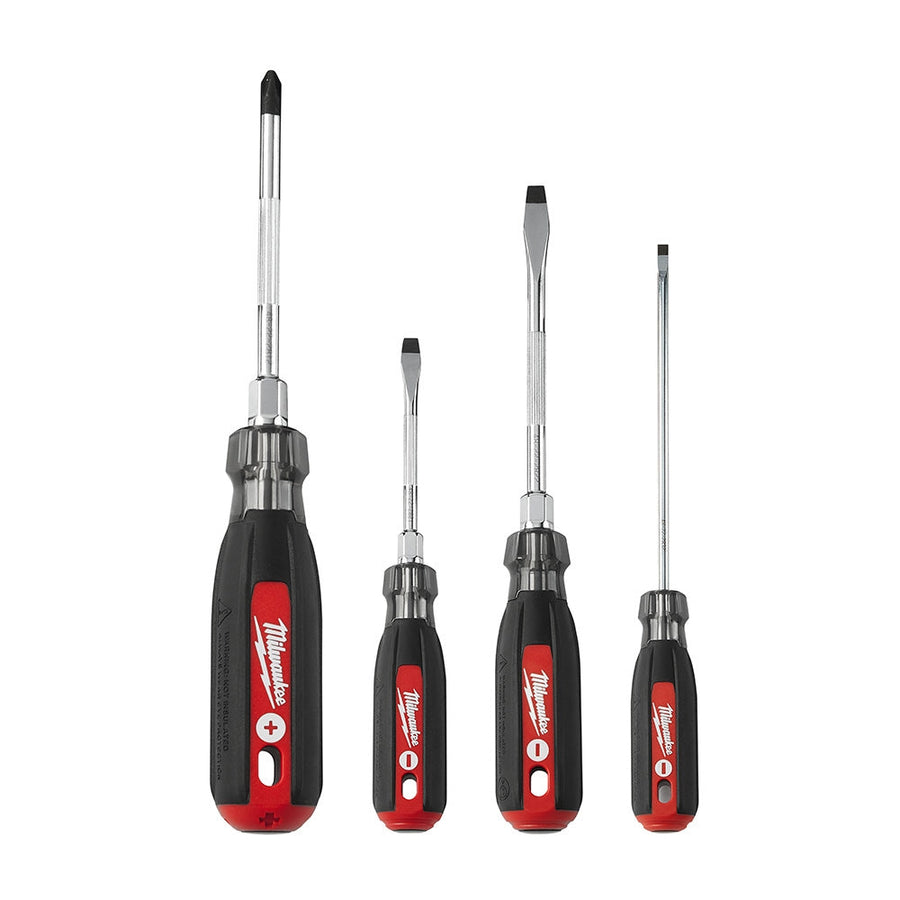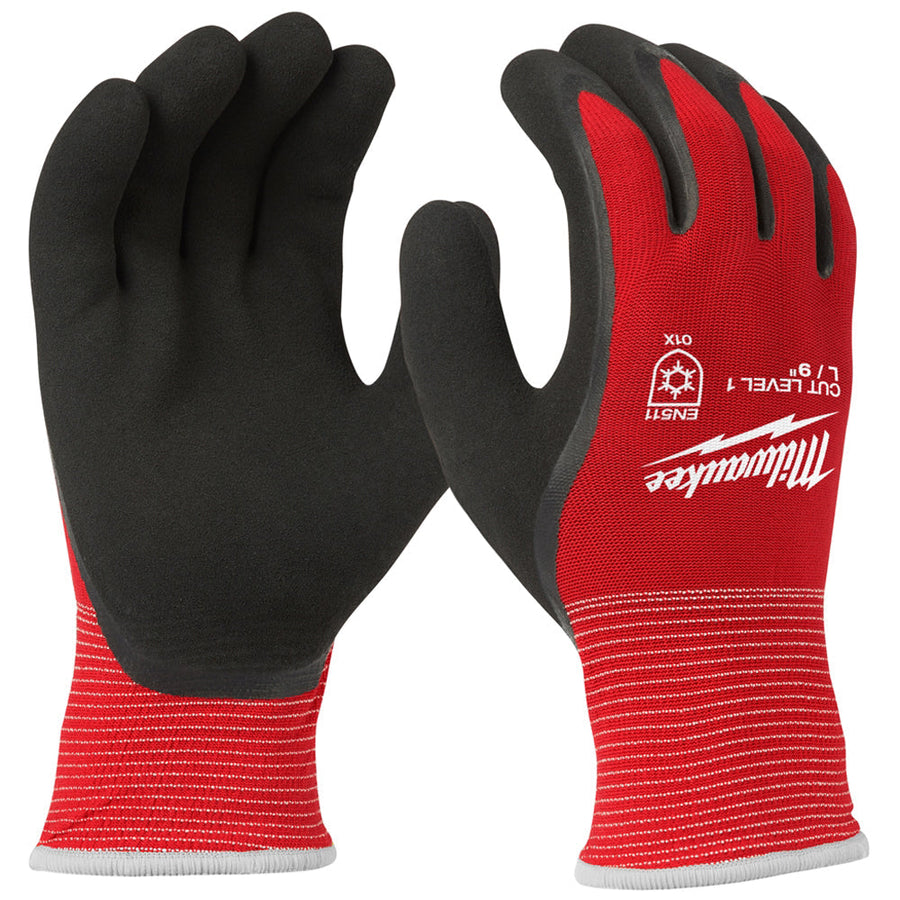Pallet racking can be some of the hardest-working equipment in your warehouse.
Designed to handle even the bulkiest, heaviest pallet loads, pallet racking is crucial to nearly every other step in your supply chain. It can store items for long periods of time, provide surplus inventory for other storage areas in your warehouse, or even be used to directly stock and ship larger items that don’t fit elsewhere.
As a result, even the sturdiest pallet racks can find themselves beginning to wear down over time.
Luckily, most modern pallet racks are designed to have pallet rack repair parts installed more easily. Due to the modular design of many pallet racking systems, individual parts can be replaced at the users’ convenience, allowing for your pallet racks to last longer and hold more inventory than ever before - as long as you keep a close eye on them.
Are your pallet racks starting to look a little long in the tooth? Or maybe you just want to know what to keep an eye out for down the road? Here’s a few common signs that parts of your pallet rack may need to be replaced or repaired:
Common Signs of Pallet Rack Damage
Bent or damaged uprights
Pallet rack uprights tend to be the pallet rack parts that are the most prone to damage. The uprights on a pallet rack are the columns that, true to their name, hold the racks upright, one in each corner of the racks.
Due to their placement on the very outside of each rack, these uprights can be an unfortunately common target for collisions with equipment like forklifts, or simply a source of general wear and tear as things bump against them on their way through the warehouse - and the amount of weight they have to support doesn’t help matters much. If you can see visible bending, cracking, or other damage on an upright column, particularly at the first-beam level, it should be replaced as soon as possible to keep your workers, goods, and racking safer and more secure. Less severe damage should be closely monitored to ensure it doesn’t get worse, and replaced as soon as it does.
Damaged/unanchored baseplates
Speaking of uprights, the baseplates holding the uprights into the floor should be frequently inspected as well, as any damage to these can lead to greater safety hazards down the road. Inspect the bolts holding the baseplates down, as well as the baseplates themselves, and be prepared to replace the entire upright if the baseplate is damaged enough, even if the rest of the upright is still in good working order.
Bent or ‘folding’ racks and bracers
Above and beyond the uprights, the individual racks tend to see the most wear and tear throughout the day, as do the braces that hold them up. Similar to the uprights, these should be frequently inspected for visual signs of damage, like bends, ‘folds’ (typically where the heaviest inventory is placed), or breakage near where they anchor into the uprights, and replaced as soon as the damage can be identified.
Rust or corrosion
While it may seem obvious, rust and corrosion can often go overlooked on pallet racks compared to other, more visible indicators of damage. Corrosion can still be just as dangerous to a pallet rack as collisions or bending, particularly if your warehouse is in an area that experiences more extreme weather conditions (such as those we get here in Michigan), and may be a sign that it’s time to replace the specific part the corrosion is affecting.
Overloaded with product
This is a problem that affects more pallet racks than you might realize. Even if there’s no signs of visible damage, a pallet rack that’s overloaded past its safe capacity will begin to show signs of damage sooner or later, and will necessitate replacement. If your warehouse has the capacity, you can get out in front of this by making sure you have enough extra pallet racks to equally distribute the load without one rack having to do more of the heavy lifting. While it may cost more up front to get more pallet racking in your warehouse, the amount of time and energy it will save you on wear & tear will be more than worth it.



